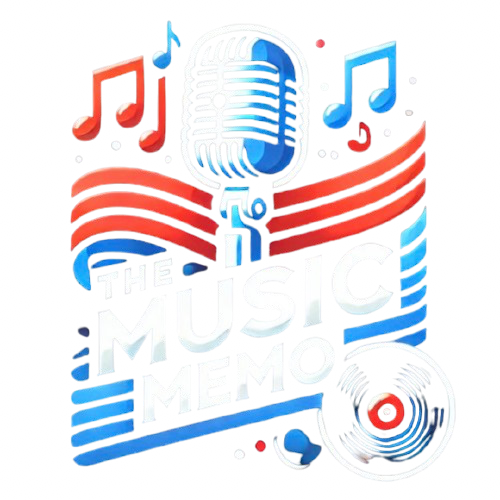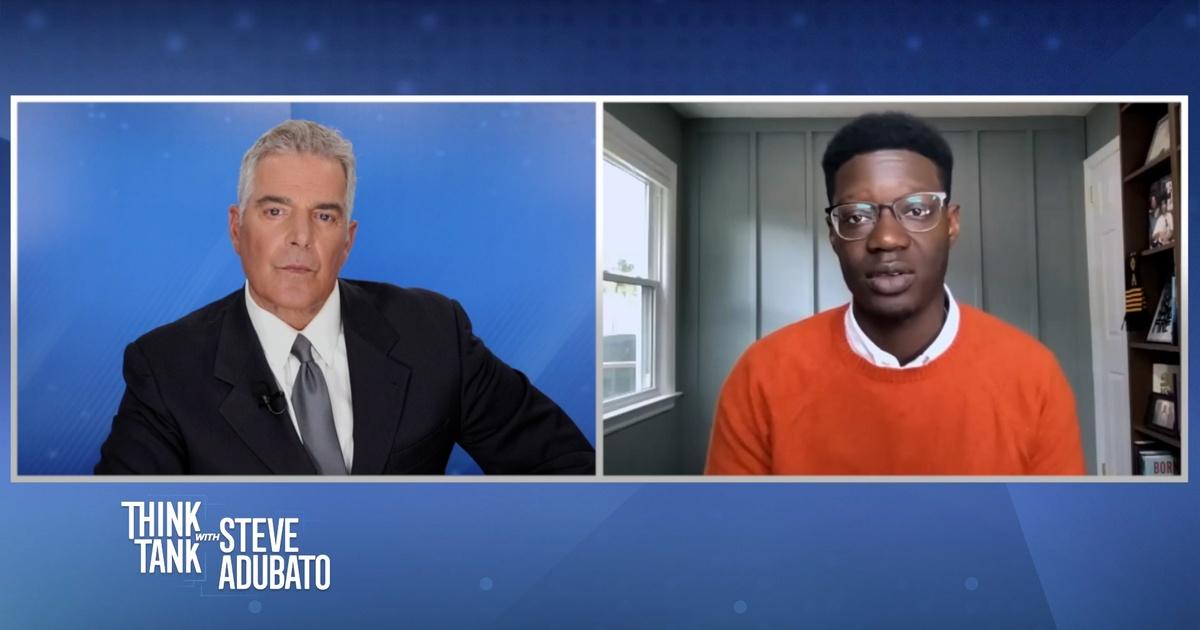– Dr. Edmund Adjapong, currently Director of Secondary Education Programs at Seton Hall University, one of our higher education partners.
Nice to meet you, Doctor.
– Thanks for the welcome, Steve.
-Then, what exactly is hip-hop education?
By the way, about hip-hop, the producer Usame-san told me that it’s the 50th anniversary of hip-hop.
How do we mark it?
– Yes, hip-hop is a beautiful culture and genre of music that came out of the Bronx in the 1970s, and we’re celebrating the culture’s 50th anniversary all this year.
There are so many activities and events happening all over the country and around the world, especially here in the Bronx, New York.
Where we are celebrating this phenomenal culture, it is the opportunity for young people and young people in black immigrant communities to strive to understand their communities and have the opportunity to share their experiences with the world. It was born from the fact that
– So what does hip-hop education mean?
– Well, hip-hop education is a fusion of hip-hop culture and educational contexts and spaces.
When we think about traditional teaching and learning, and traditional educational spaces, we tend to think that education is often Eurocentric, potentially aligned with Eurocentric values, and often actually I am aware that it is not built into the . , other people’s values, right?
So when I think about hip-hop and teaching, I’m thinking specifically about how I utilize the different creative elements of hip-hop in my work and research.
This includes MCs, B-boys, graffiti artists, DJs and knowledge itself. How can these factors be leveraged in supporting youth learning, engagement and identity development?
They want to be involved no matter what content it is related to.
– Again, I struggled with science all my life. It doesn’t matter, STEM, science, technology, education, mathematics.
– yes.
– Interestingly, 58% of black students have a STEM degree compared to only 34% of white students.
So when it comes to hip-hop education, or pedagogy as it were, I think you told the producers that breakdancing can be used to teach different states of matter.
Hmm, I didn’t get it the first time.
You may understand now.
Please help me, Professor.
– Well, when people think of hip-hop, they see it as a genre of music, right?
But I want people to realize that hip-hop is a very delicate and beautiful culture.
So when we talk about breakdancing specifically, you know, we see hip hop dancing, and maybe hip hop dancers at concerts and events.
But when you think about breakdancing, and when you think about bringing these elements into the classroom, it’s really about taking the framework and philosophy of these elements.
So breakdancing is really good for kinesthetic learning?
And you know that young people in school have different needs and learning needs, right?
So young people may not want to sit in seats all day.
And you may not learn the best that way.
So when you want to leverage breakdancing in the classroom, one of the things you see in science classrooms that is relevant to my research is how can we get young people to imagine themselves as content?
Their physical presence, their bodies themselves, literally moves around the space of the classroom.
When you think about the different states of matter, you realize that there are gases, solids, and liquids, right?
We know that solids have a specific composition.
Solid molecules, as you know, are tightly held.
It does not necessarily have the shape of a container.
They have a solid structure, shape and form.
I remember teaching this to 6th graders in the Bronx many years ago. They understood the concept, but it was really dizzying for them.
They understood the structure of molecules, but they didn’t have a deep understanding of concepts.
– So how did you get into breakdancing?
– Well, the students weren’t really breakdancing, but I made them kinesthetic learners, right?
This is a reference to breakdancing.
So I said, “You all function as molecules.”
I ask you to stand in the back of your seat and imagine that each of you in the classroom is a molecule.
Well, everyone in the class is solid, right?
The classroom is in the shape of a container.
Students slowly came to understand the composition of solid molecules and how they interact and engage.
All the students then began to line up at the edge of the classroom in an orderly manner.
So I asked them what they knew about solid molecules.
And what do we know about molecules of matter?
Do you ever stagnate or stand still?
And students are like, ‘No, I’m in place, but I’m always on the move.’
So the students started shivering on the spot and started vibrating, right?
So this idea of recognizing that students like to move around, they like to participate, but they prefer breakdancers, and to refer to how they learn and understand content and participate in it, this idea is very much in line with hip hop and education. It is really noteworthy in relation to
– Where did that passion come from?
I’m curious how your colleague is doing – yes.
– reacted to it.
I’ll ask right away.
Where did your passion come from?
– Oh, my passion, you can feel it.
I’m a young man who grew up in the birthplace of hip-hop, the Bronx, New York.
And while as a child, as a young person, in navigating school, I was marked as a gifted and gifted student, within the classes I navigated as a child, I found myself in that content. I didn’t think it was actually connected.
When I entered high school, we had a teacher who used hip-hop as a way to engage our interest in a physics class.
I’ve always loved science, but I wasn’t very interested in its content.
I remember being in high school and in high school physics class, studying conceptual physics, studying rapper chains, and talking about “hey, pen.”
Could this be a pendulum?
Doing math and learning conceptual physics through hip-hop?
Through the culture we worked on outside of school.
That is exactly what sparked my interest and what led me to use these practices when I was a teacher in the Bronx.
This is what inspired me to become a researcher in this field.
– So I’m curious about this, to what extent, if any.
– yes.
– Doctor, does race matter here?
Do you mean your experience, the experience of many African-American students in urban areas?
Not the same, but there are obvious similarities.
For white kids from the suburbs, right?
Typical, whether at Seton Hall or elsewhere, I don’t even know what typical means.
Do you teach differently?
Isn’t that very relevant?
And how on earth do you do that in a diverse environment?
– Well, that’s a great question, Steve, I get this question a lot.
Think about hip hop, hip hop music, hip hop culture.
Like my job, you really target black and brown students, right?
Support identity development and fully connect with scientific content.
But it’s all the same when it comes to teaching different students of different races, right?
If you think about white students, they too benefit from this.
Hip-hop is really based on multimodal learning methods, right?
We talk about breakdancing and cover the kinesthetic aspect of it.
How can young people move around the classroom, understand the content, and incorporate that content into physics to make it concrete?
– It doesn’t matter if you’re a white kid or a black kid.
– Of course not.
– No change.
Relate Same – Relate Same.
When you think about hip-hop, the biggest consumers of hip-hop music are young white people, right?
So they are equally involved in culture.
Is this the same for black students?
They may be different connections, different entrances, but similar connections, right?
And this work is not just about hip-hop music.
It’s exactly about the idea of multimodal learning.
– Wow, quick, did you get any backlash from your colleagues?
– It’s not a backlash per se, but I think my colleagues generally don’t necessarily take it at face value.
When you talk about introducing hip-hop into schools, many people don’t take it at face value.
What I really want to argue is that all of us students, regardless of race or background, are diverse learners with different and diverse learning needs.
And if you incorporate hip-hop into these multimodal learning methods, you’ll be able to meet your students wherever they are, right?
It doesn’t matter how you learn or how you connect to the content.
– Thank you, professor.
I appreciate it
Well said, well done.
important conversations.
I will definitely catch up again.
thanks so much.
– Thank you for inviting me.
– I got it.
Stay with me, I’ll be right back.
– [Narrator] Steve Adubato’s Think Tank is produced by Caucus Educational Corporation.
Funding is provided by the Turrell Foundation in support of Reimagin Childcare.
New Jersey Educational Association.
New Jersey Health Care Foundation.
Port Authority of New York and New Jersey.
Choose New Jersey.
Horizon Blue Cross Blue Shield in New Jersey.
Adler Aphasia Center.
New Jersey Shared Network.
and by the Robert Wood Johnson Foundation.
Promotional support is provided by Meadowlands Media.
And by NJBIZ.
– At the Turrell Foundation, we know childcare can create transformative early learning experiences for young children and help families succeed.
Childcare is essential to the economy, driving financial growth and sustainability in all sectors.
The Turrell Foundation envisions a New Jersey state where all babies and toddlers have access to quality, affordable childcare to grow, develop and thrive.
Our children are our future.
For more information, visit TurrellFund.org.

